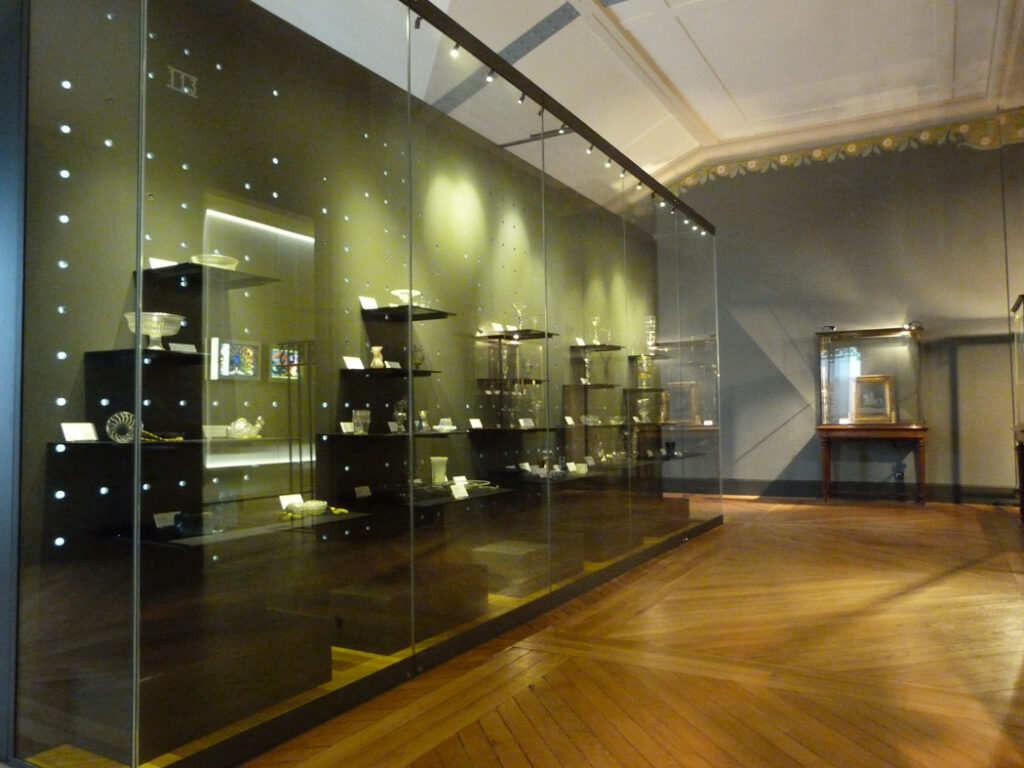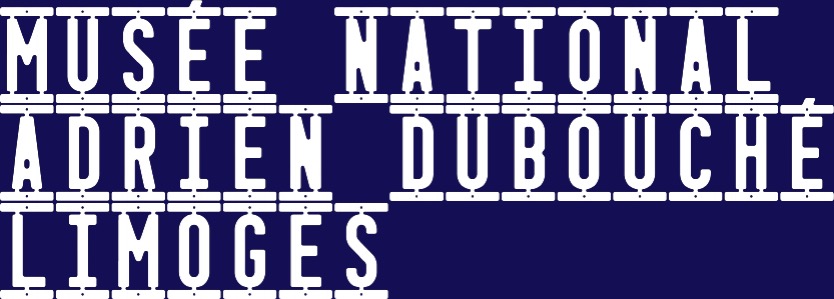
Glass is a mixture of silicon, usually in the form of sand, and alkali, obtained from wood ash or kelp ash.
It most likely first appeared in Egypt or Syria, then was developed by Roman civilisation. It was used in the Middle Ages, but during the Renaissance it was Venice that claimed it as one of the city’s specialities, from where it spread throughout Europe. From the 17th century, part of the potassium or sodium base was replaced by lead oxide, which led to the manufacture of crystal glass.
Initially, the museum had a significant glassware collection, thanks to the 200 objects from the Paul Gasnault collection donated by Adrien Dubouché. The later acquisitions enable us to trace the history of European glassware since the 15th century. The most famous glassware centres (Venice, Nevers, Bohemia etc.) are all represented here.
The glass collection is completed by pieces from the 19th century, including a few remarkable examples of glass paste.
The museum continues to give glassware a special place in its collections and follows an active acquisition policy in this area.
